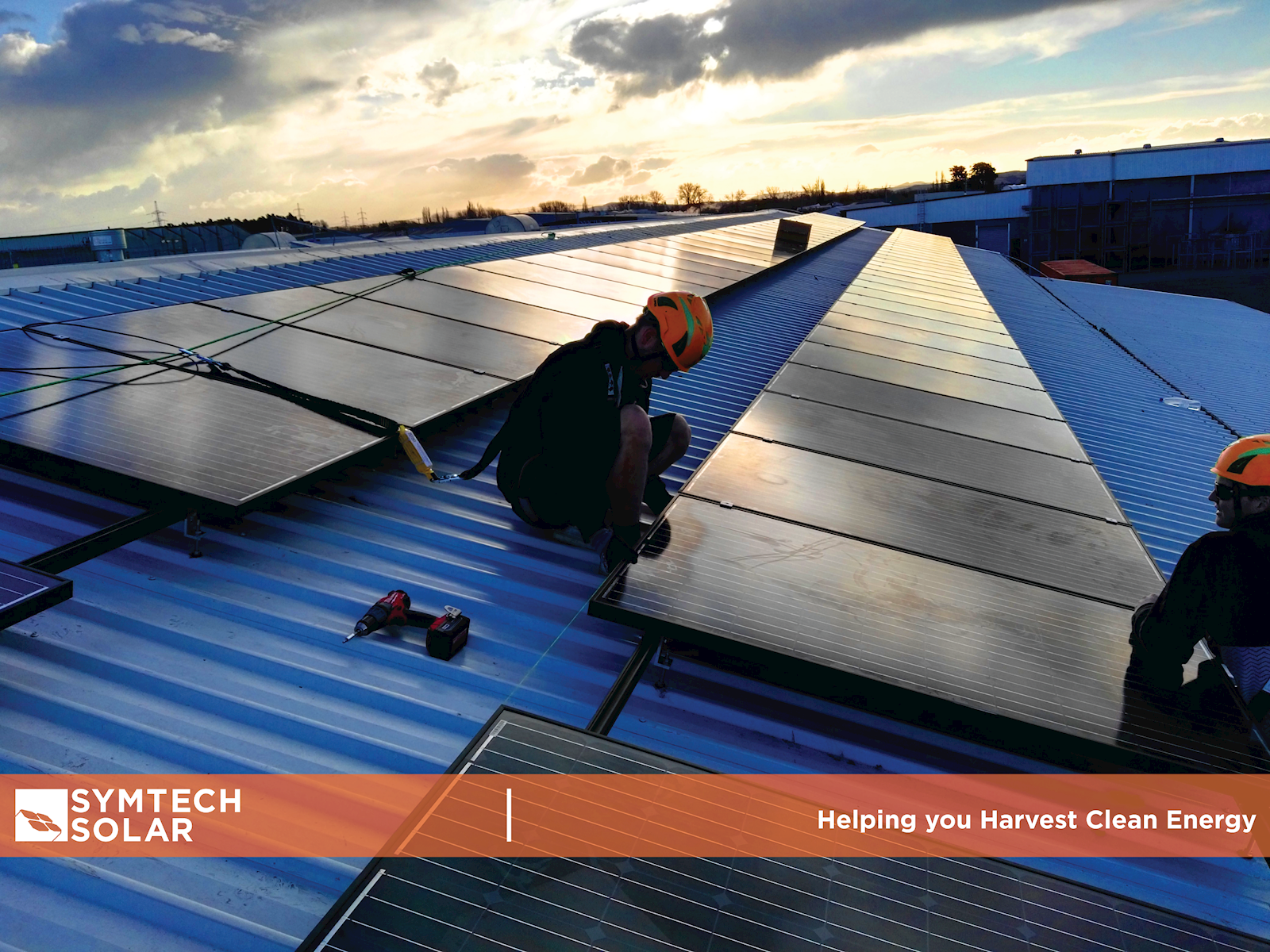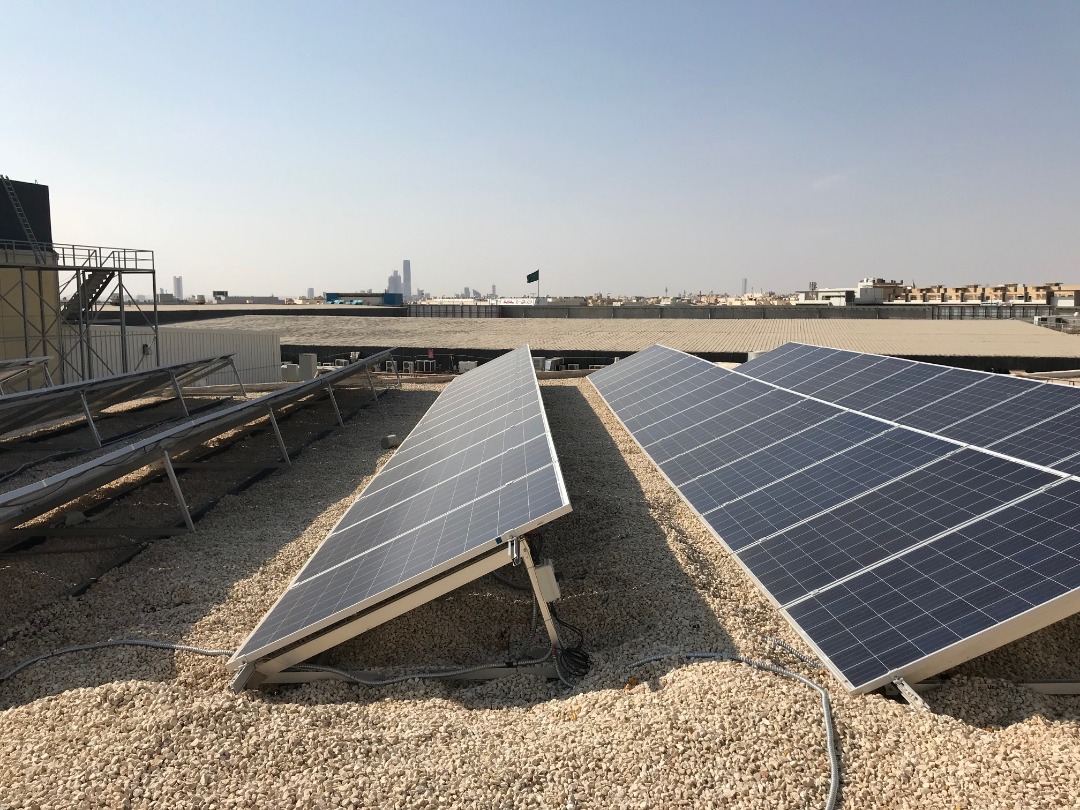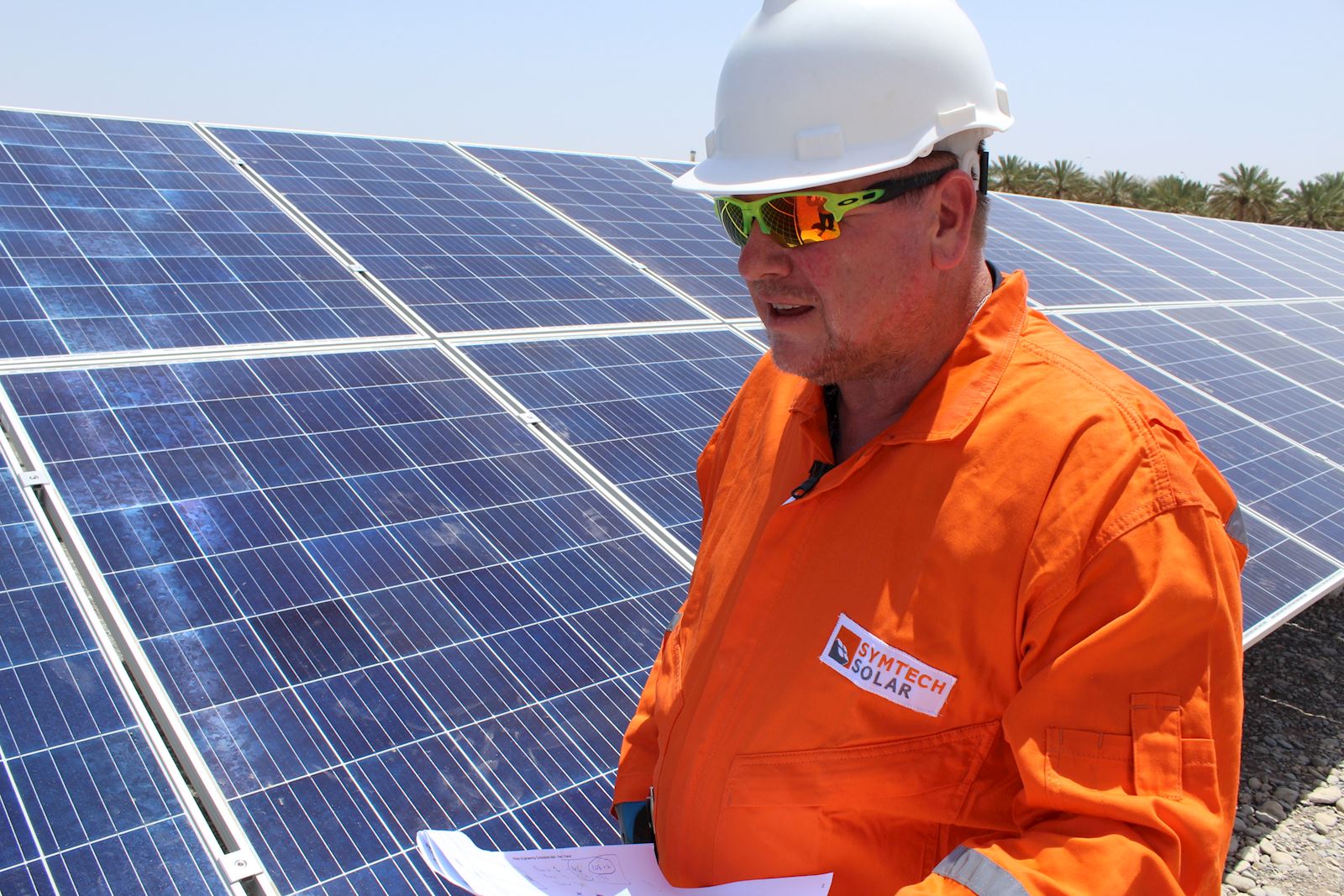Solar Power in Oman
Ken Paton, CEO Symtech Solar MENA
Domestic Consumers
The current low oil price and resulting State budget reductions heralds a new opportunity for Omani renewable energy companies. The local domestic electricity tariff is highly subsidised with domestic consumers paying only one third of the actual costs of generation and transmission. The yearly subsidy for domestic consumers is over 600 million OMR and is unsustainable under current budget constraints. Large scale Industrial and Commercial consumers had subsidies removed in 2018.
The Authority for Electricity Regulation recently launched an initiative entitled ‘Sahim 2’ where homeowners can register to have solar panels installed on their roof tops. The scheme will enable homeowners to pay a small percentage of the installation costs with the remaining costs covered by a third-party investment company.
Domestic consumers are expected to benefit from reductions in their monthly electricity bills by up to 40%.
How do solar panels work on my home?
Here are the main steps how solar panels work for your home:
- Photovoltaic cells absorb the sun’s energy and convert it to DC electricity
- The solar inverter converts DC electricity from your solar modules to AC electricity, which flows through houses and is used by most home appliances
- Excess electricity produced by solar panels is fed to the electric grid and any excess electricity is credited to your monthly bill

Advantages of Solar Energy
1. No Greenhouse Gases
The first and foremost advantage of solar energy is that, beyond panel production, it does not emit any greenhouse gases, its production is void of any smoke, gas or other chemical by-product.
2. Ongoing Free Energy
Another advantage of using solar energy is that, beyond initial installation and maintenance, solar energy is free. Solar does not require expensive and continuous extraction, refinement and transportation of raw materials like oil, gas or coal, and it requires significantly lower operational labour than conventional power production.
Life expectancy ranges between panel manufacturers, but many panels produced today carry a 30 year warranty – with a life expectancy of up to 40 years.
3. Decentralization of Power
Solar energy offers decentralization in sunny locations such as Oman, meaning self-reliant societies. Oil, coal, and gas used to produce conventional electricity is often transported cross-country or internationally. This transportation has a myriad of additional costs, including monetary costs, pollution costs of transport, and road wear and tear costs, all of which is avoided with solar.
4. Solar Jobs
A particularly relevant and advantageous feature of solar energy adoption is that it creates jobs for Omanis.
The EIAA states that Europe’s solar industry has created over 150,000 jobs so far. Solar jobs come in many forms, from manufacturing, installing, monitoring and maintaining solar panels, to research and design.

5. Production Off the Grid
Solar energy can be produced on or off the grid. On the grid means a house remains connected to the state electricity grid, whilst off grid energy has no connection to the electricity grid, so the house is powered solely by solar.
The ability to produce electricity off the grid is a major advantage of solar energy for people who live in the remote and rural areas of Oman. Electricity produced from diesel powered generators and the cost of installing power lines are often exorbitantly high in these areas and many have frequent power-cuts.
6. Solar’s Avoidance of Politics and Price Volatility
One of the biggest advantages of solar energy is that, because it is an inexhaustible free commodity, it is able to avoid the politics and price volatility that is increasingly characterizing fossil fuel markets.
While the price of fossil fuels has increased, the per watt price of solar energy production has more than halved in the past decade – and is set to become even cheaper in the near future as better technology and economies of scale take effect.
Oman benefits from some of the highest solar radiation levels in the world and is well placed to take advantage of the transition to renewable energy. A pilot scheme to install roof top solar in the first 3,000 homes in Muscat is underway with a full roll out of the scheme expected by the end of 2020.

To register interest in the ‘Sahim 2’ initiative, homeowners need to register via the AER website at www.aer.om
Commercial/Industrial Sector
Subsidies were removed in January 2018 for consumers using over 150 Megawatt hours of electricity and electricity bills increased accordingly. Many companies explored the option of installing solar in order to reduce their costs but the required capital investment proved to be a stumbling block for companies who could not afford this.
To overcome this, local solar companies entered into strategic partnerships with energy funds who would provide the capital required for the project and receive payback via a fixed monthly fee for the electricity consumed by the project.
This model works well for larger users as the return for the energy fund is in line with other Middle East countries. However, energy funds have shown no interest in local projects lower than 2/3 megawatts, as the rate of return is lower and risk is higher in Oman.
If, as expected, subsidies are removed for lower scale commercial/industrial users and domestic subsidies are gradually removed, the potential for local renewable energy companies will receive a significant boost.
.jpg)